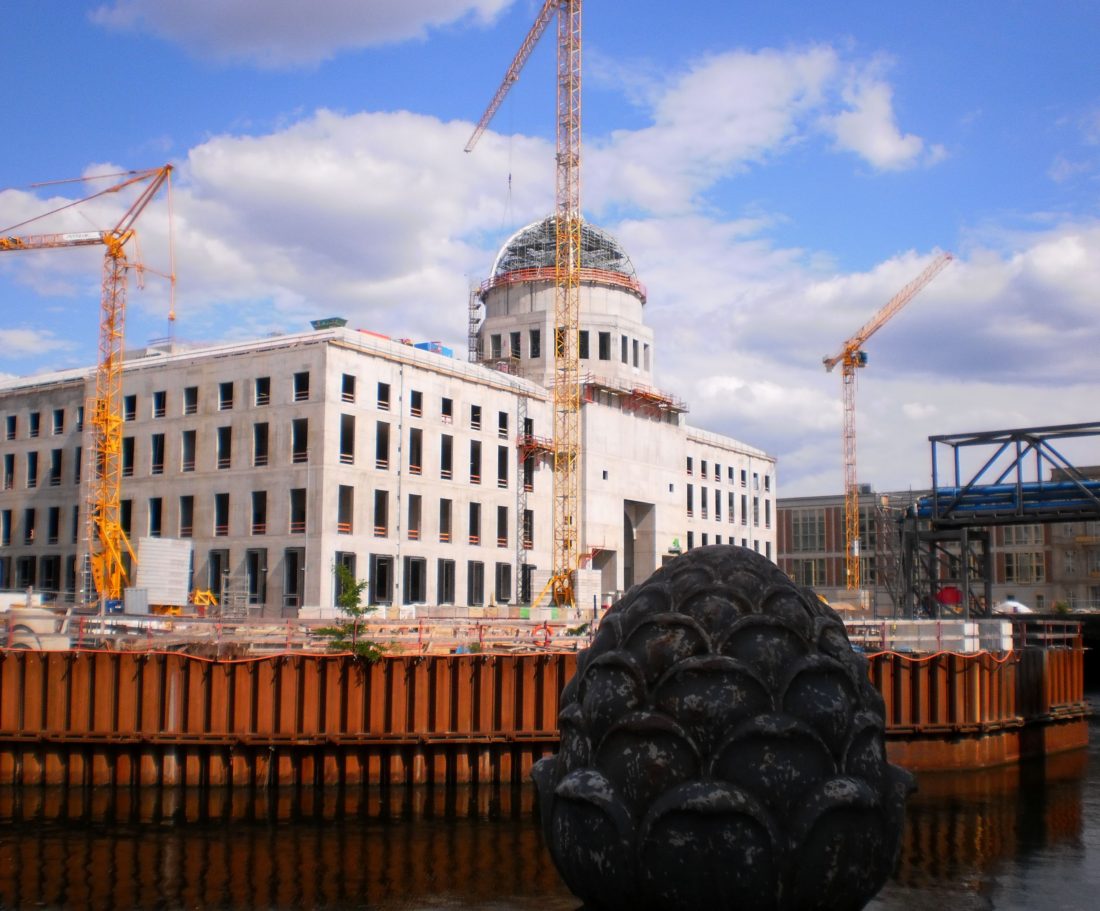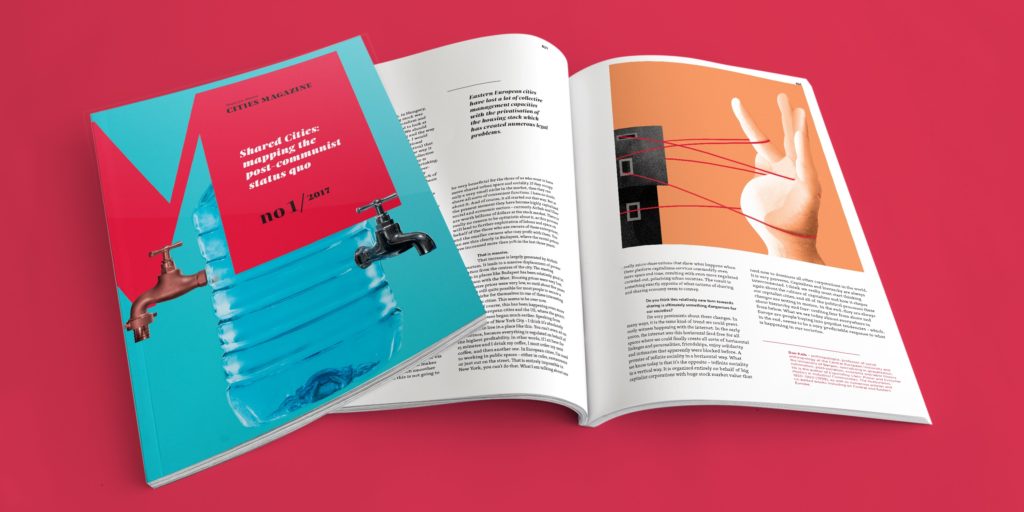
Shared Layers of History – Urban Phenomena of Post-Communist Cities #5
After the fall of communism, we had to learn how to shop and sell, how to build and how to lead an everyday life in a completely new realm. It does not matter if we are in Belgrade, Warsaw, Berlin or Bratislava – our cities are layered with history and scarred with the changes
One cannot understand the post-communist attitude towards sharing without knowing the twisted history and numerous transformations involved in the perspective. Presented here is our selection of socio-urban phenomena that helps explain – and hopefully offers a more detailed picture of – today’s public spaces.
THE BETTER PART OF HISTORY
Over the last 70 years, Germany has restored and rebuilt a considerable portion of its architectural heritage, and its citizens have held countless debates as to whether these rebuilding campaigns were appropriate or not. The decision to rebuild the former winter residence of the Kings of Prussia was yet another source of controversy in Berlin. The “most ambitious cultural project in Germany”, according to German Culture Minister Monika Grütters, is a symbol of a shared heritage split between the East and the West of Berlin. A difficult yet inevitable dispute over the injustice of history: which parts are more important than the others, which are worthy of revival?
Stadtschloss was damaged extensively by Allied bombing during the Second World War. In 1950, what was left was pulled down by the East German government and in the same place was built the Palace of the Republic (Palast der Republik). The modernist structure, completed in 1976, housed the East German People’s Chamber (Volkskammer), as well as art galleries, theatres, a bowling alley and a ‘discotheque’) – a building of vast historical and aesthetic importance, a symbol of East Germany.
Later on, the structure was found to be contaminated with asbestos and was closed to the public. By 2003, all that remained was the dark scaffolding of steel girders standing in the middle of the city like a skeleton for five years. It was just a matter of time for the creative types to come and the structure was a temporary home to many so-called “survival artists”.
However, in 2006 the Palace of the Republic was totally demolished, in spite of objections from Berliners, who felt that West Germans were demolishing their parliament to make sure everyone knew who had won the Cold War.
Then came Wilhelm von Boddien, a young graduate who was passionate about restoring the Schloss. He raised enough money from donors to hire a French artist, Cathrine Feff, who together with 50 art students created a huge painting, a recreation of Berlin Schloss, that was mounted of a scaffolding for 15 months. The stimulation was a huge success. Suddenly thousands of Berliners, west and east, fall in love with the idea of rebuilding the Schloss. In 2003, with help of the mayor at a time, Eberhard Diepgen, who was supportive of the idea from the beginning, German Bundestag voted with ⅔ majority to rebuild the Schloss.
 A postcard with Berlin Stadtschloss (1920), Wikimedia Commons
A postcard with Berlin Stadtschloss (1920), Wikimedia Commons
Due to German government budget cuts, construction of the “Humboldt-Forum”, as the new palace was titled, was delayed, but the foundation stone was finally laid in June 2013. On its completion in 2019, the building will aim to be a world centre for culture. Designed by Italian architect Franco Stella, it will have the same shape and size as the former City Palace. Three sides of the exterior of the building will reproduce its historical style, while the interior will be modern. The new Schloss will mainly be a platform for art exhibitions and intercultural exchanges. It will house a modern museum containing collections of African and other non-European art, as well as two restaurants, a theatre, a movie theatre and an auditorium.
By rebuilding the Stadtschloss in place of the Palast der Republik, Berlin is airbrushing over its own history. East Germany happened and that part of the history, although maybe painful, shouldn’t be ignored. To be fair, Schloss is being reconstructed, but its new function is taking into account the common use of the spaces from the times of the Palast der Republik. Instead of returning to the „Prussian” military tradition of the palace, the Berliners are transforming this object into a common good, which along the nostalgia was one of the main arguments for rebuilding it.
This article was published in Magazyn Miasta / Cities Magazine # 1/17 – our special international issue released as a part of Shared Cities: Creative Momentum (SCCM) project. You can read more about the project here. You can download PDF version of the issue for free here.


Main photo: M. Guterland, Wikimedia Commons

